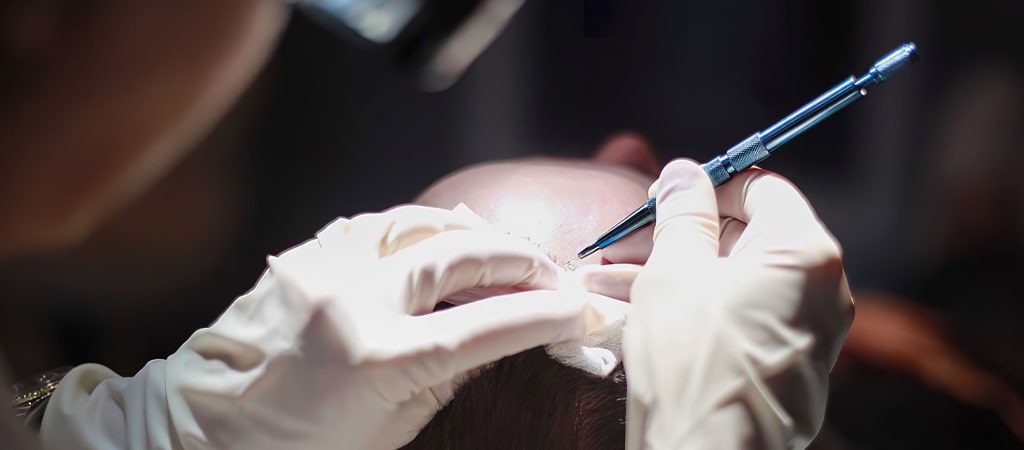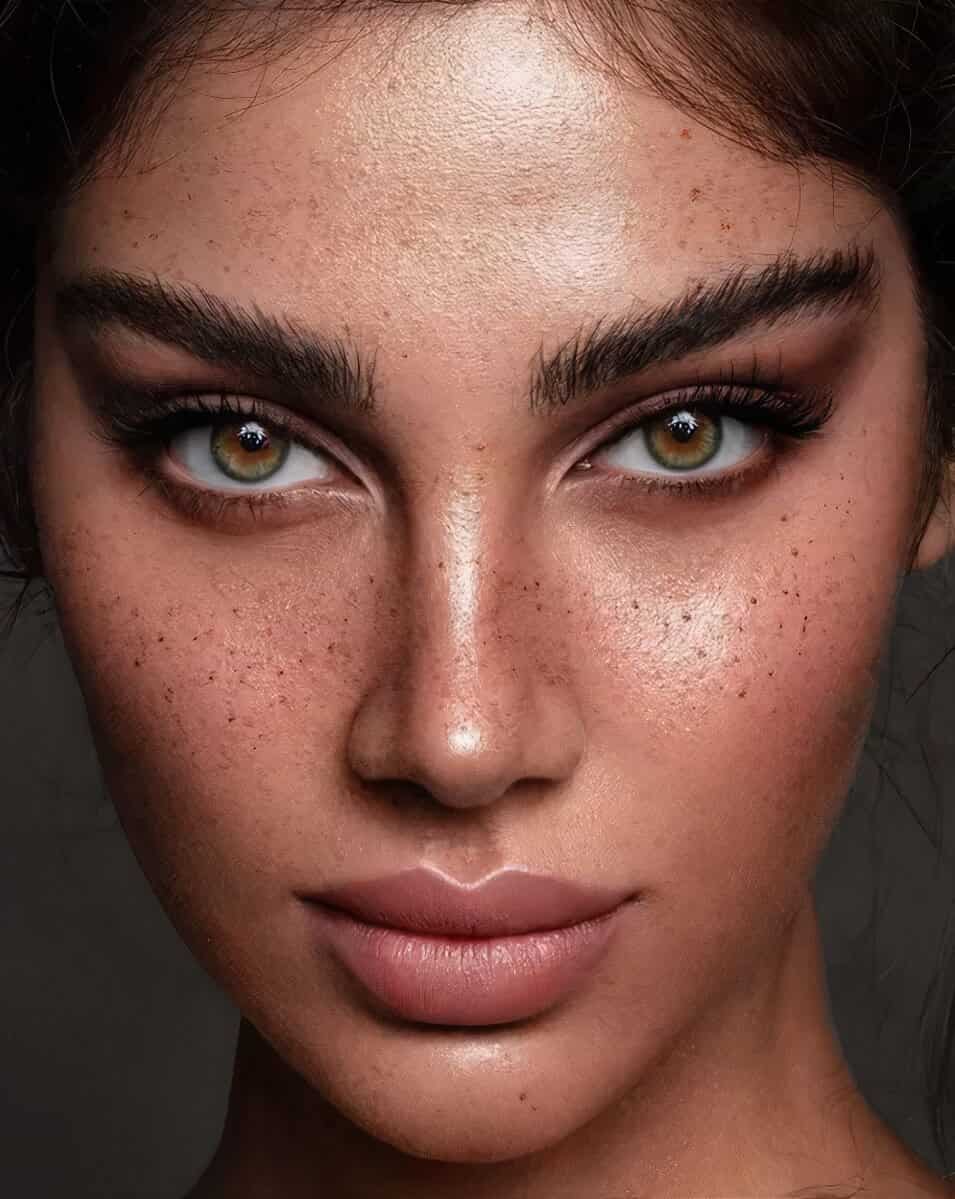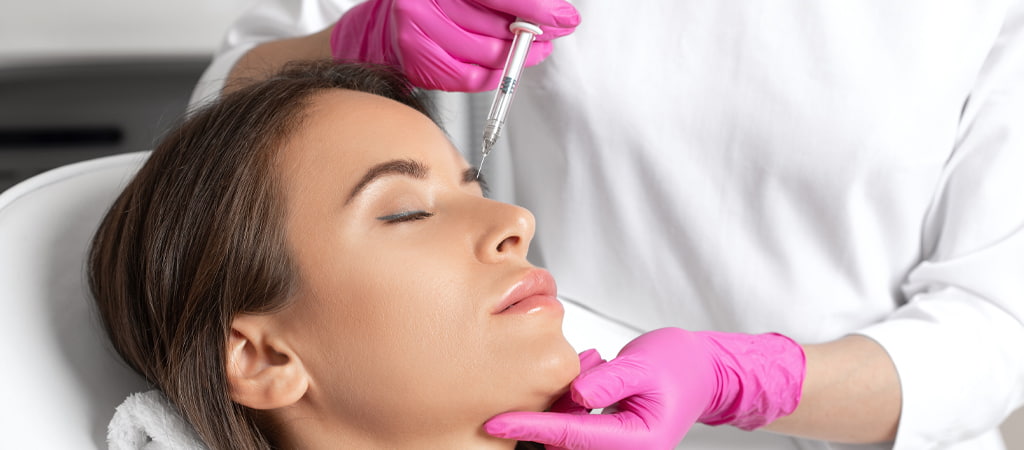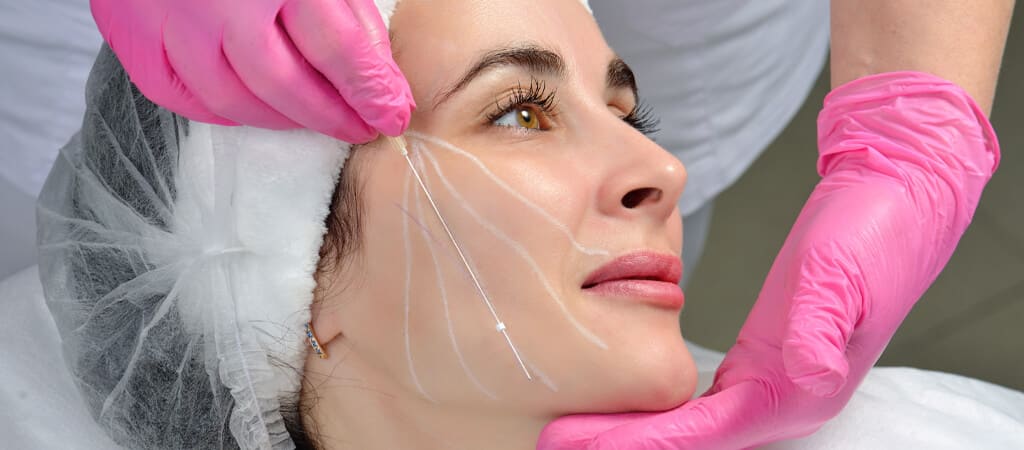What is a Migraine Botox?

Migraine Botox is a non-surgical treatment for people who suffer frequent headaches and chronic migraines. The treatment includes botulinum toxin injected into the muscle tissue where the problems occur, such as the nape, temple, forehead and neck. This essentially prevents communication between the muscle and the nerve to prevent pain. The effect of this treatment lasts approximately 5-6 months and has a significant effect on minimizing headaches.
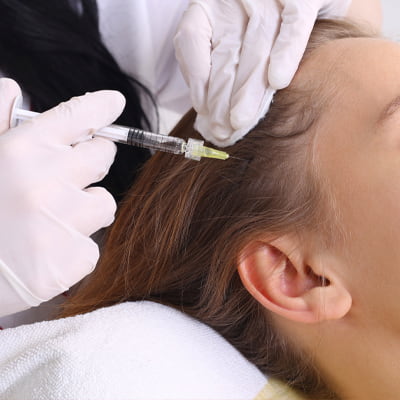
Who Is A Migraine Botox Suitable For?
Migraine Botox, is a popular choice for the treatment of migraines however it may not be suitable for everyone. Firstly, it is important to identify if the patient does suffer from migraines or not. Hypersensitivity to light and sound, nausea, and negative effects from daily life can be defined as some migraine symptoms. A migraine is usually experienced once a month.
This treatment is suitable for patients who suffer two or more migraine attacks a month,
Or if the migraine lasts for a week or more.
The treatment is not recommended for pregnant and breastfeeding women and for patients with certain muscle diseases.
A migraine is a primary headache and the development of it is unknown, therefore, it’s not clear which treatment works best and the causes of prolonged headaches. Long-lasting headaches like this can significantly reduce quality of life, and bring on many difficulties in daily routines. Treatment can be a great option to avoid these problems and live a happier, more relaxed life.
How is the Process Performed?
Like many other botox applications, this one is also a fairly easy procedure. A Migraine botox is made of Botulinum toxin and can be injected into certain points on the forehead, temples, nape and the neck. As a result of the application, the release of neurotransmitters is blocked and pain is prevented. It is extremely important that this procedure is performed by an experienced physician.
Benefits Of A Migraine Botox
A Migraine Botox is not a surgical procedure, so it allows patients to return to their daily routine immediately after the procedure. This being the main reason that chronic migraine sufferers choose this treatment. It is also preferred as it reduces the use of medication.
This treatment is extremely useful for people with chronic migraine pain and frequent headaches to eliminate these problems and reduce migraine attacks.
Migraine Botox FAQs
Does migraine botox work?
Does migraine botox work?
The most important cause of migraine headaches is transmission in the nerve.
A migraine occurs as a result of pain transmitting through. This affects quality of life. Migraine Botox prevents the occurrence of migraine pain by preventing muscle and nerve conduction at the points where pain is felt.
Is a migraine botox permanent?
Is a migraine botox permanent?
Migraine botox is a temporary application and should be repeated every 5-6 months on average.
How often should migraine botox be performed?
How often should migraine botox be performed?
Migraine severity, pain and intensity varies from person to person. Therefore, the treatment also differs. Firstly, patients who are looking at migraine botox as a solution should know that the procedure should be repeated every 5-6 months to ensure full effectiveness. With the decrease of stress and added comfort after the treatment, the frequency of migraines will show a difference.
Therefore, the frequency of the treatment to be repeated may vary from person to person.
What should be considered after a migraine botox treatment?
What should be considered after a migraine botox treatment?
After a migraine botox treatment, exposure to excessive sunlight should be avoided. Skin should be protected from the sun, extreme heat and any action that may cause a hard impact. Patients should not lie down for a few hours after the procedure.
When does a migraine botox start to work?
When does a migraine botox start to work?
The effects can start to be noticed within 2 days. However, the full effect can take a week.
How long does the procedure take?
How long does the procedure take?
A Migraine botox is an effective method that helps relieve chronic headaches. The application is generally made to the forehead, temples, neck and nape of the neck takes approximately 15-20 minutes.
Is migraine botox effective for every headache?
Is migraine botox effective for every headache?
Headaches are divided into two, primary and secondary, and have different causes. Therefore the solution for the different types of headaches vary. Migraine botox is not suitable for every headache. When considering migraine botox, patients must seek advice from an experienced physician first.
What are the side effects of migraine botox?
What are the side effects of migraine botox?
After the procedure, patients may experience redness, swelling or skin sensitivity in the areas where the botox is applied, however, these are only temporary effects. With frequent use over a long period of time, the body can start to produce antibodies.


